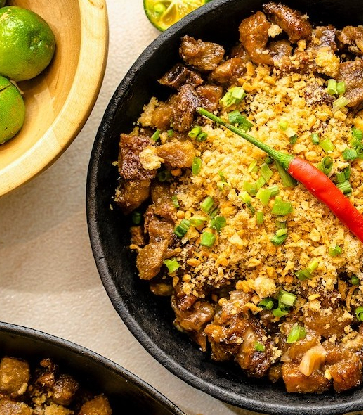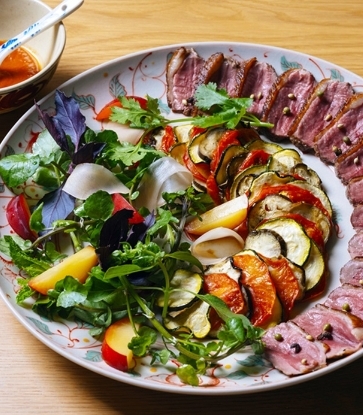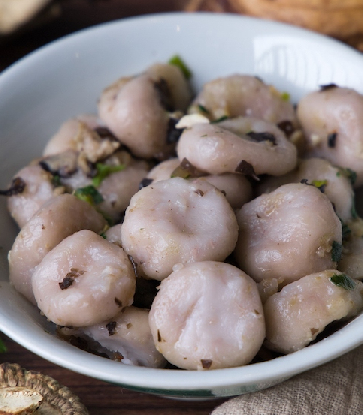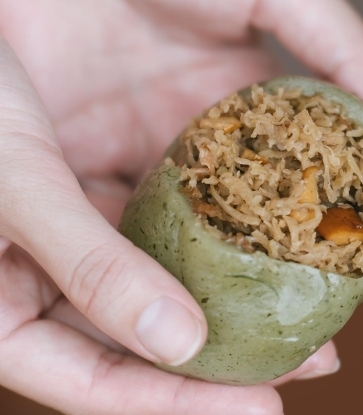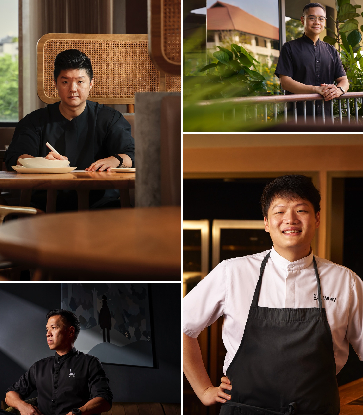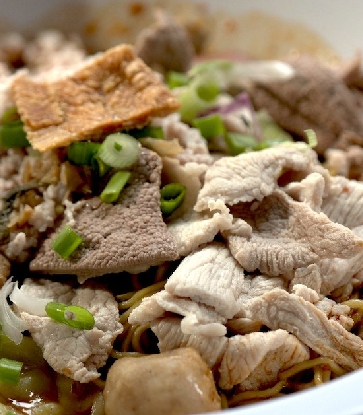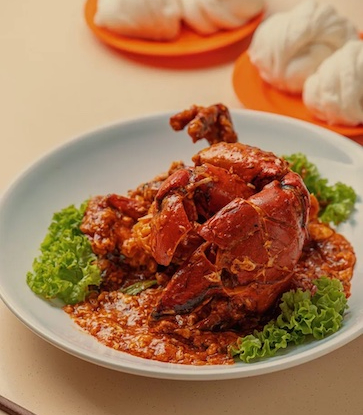When it comes to Nasi Lemak, The Coconut Club is no stranger to Singaporeans who crave a hearty plate of the famed rice dish. Receiving a Bib Gourmand recognition this year, the restaurant’s legacy has been upheld by The Lo & Behold Group, under the helm of executive chef Daniel Sia, who shares the secret behind the perfect plate of Nasi Lemak.

“The Coconut Club’s co-founder, Lee Eng Su, always believed in good food and quality ingredients, and he was also very fanatical about every single thing that went into all the dishes, insisting on everything being homemade,” says Sia. “And this is something that we at The Lo & Behold Group have always believed in as well and will continue to champion.”
Sia continues: “Teng (co-founder and managing partner of The Lo & Behold Group) and Eng Su went to school together, so there's always been a personal connection between the two. The Coconut Club is also a very Singaporean brand and a heritage brand that we really want to preserve. Eng Su started something really good, and we felt it had a lot of potential to reach more people and fly the Singapore flag.”
According to Sia, the subject of Nasi Lemak’s origin is a hotly debated topic. “There are a lot of variations and versions of its story and place of birth — whether it’s Singapore or Malaysia — but it’s definitely close by. Nasi Lemak is a very humble dish that seems like it came about from the seaside. You have plenty of coconuts, there’s a lot of anchovies, and it’s eaten with rice,” he says. “For us, it’s all about elevating these humble ingredients to a level where all of them shine as the best version of themselves. In doing so, the composition of the Nasi Lemak we serve at The Coconut Club is balanced, and diners get interesting flavours and textures in the mouth.”
“For the perfect Nasi Lemak, I believe that the coconut milk is key.”

When asked about the secret to making the perfect Nasi Lemak, Sia answers without batting an eyelid: “it’s all about the coconut milk.” Ever since The Coconut Club opened, Sia says that the coconut milk has always been the key ingredient to unlocking the unique flavours found in the restaurant’s signature Nasi Lemak. “Our coconuts are sourced from a family-owned plantation. We press our own coconut milk so that we can actually taste and test every batch before it goes into the rice,” Sia explains. “We use a variety of coconuts for our coconut milk blend, and this makes all the difference. Some of the coconuts we use are fattier, some varieties are sweeter, and as a result, you get more of the coconut fragrance.”

According to Sia, he believes that the perfect Nasi Lemak always starts with the rice. “That’s why it’s called Nasi Lemak. When translated from Malay, it means 'Rich Rice'. All the other ingredients added are there to complement the rice and to complete the whole dish.”
The rice at The Coconut Club is made fresh everyday and involves a two-step process where it is first cooked with a rempah (spice mix) and then with coconut milk. “We cook the rice with the coconut milk during the latter part, because if you cook it right from the start, you lose a lot of its natural taste due to the cooking time. The coconut milk is very delicate and has a lot of floral notes that can be lost if you cook it for too long,” Sia explains.

“Sambal is another thing. There are a lot of different versions of sambal. Some are sweeter, some are more savoury, while others are spicy. At The Coconut Club, we wanted our sambal to lean towards the savoury side, and you can really taste the herbs and spices that go into it. We make our sambal every two days; we make one big batch, and we cook it low and slow.” And of course, there is the chicken. According to Sia, each chicken is marinated for at least 12 hours, up to a maximum of 24 hours — nothing longer than that.

“We also use Japanese cucumbers, which are sliced to a certain consistent thickness so that they can serve as the occasional palate cleanser in between each bite. For the eggs, we fry them until the sides become crispy. We use eggs from chickens that consume a better feed. Their yolks are more yellow-orange, showing that the chickens eat more corn, and as a result, you get a creamier yolk. We also plate our signature Nasi Lemak with ikan bilis (fried anchovies), of course, and peanuts.”

“Nasi Lemak, on its own, is basically just coconut rice and sambal. You can add an egg, and there’s the standard ikan bilis and the peanuts. However, I truly believe that Nasi Lemak is not just a single dish,” says Sia. “With the number of ways you can enjoy it, Nasi Lemak can actually be a cuisine by itself.”









